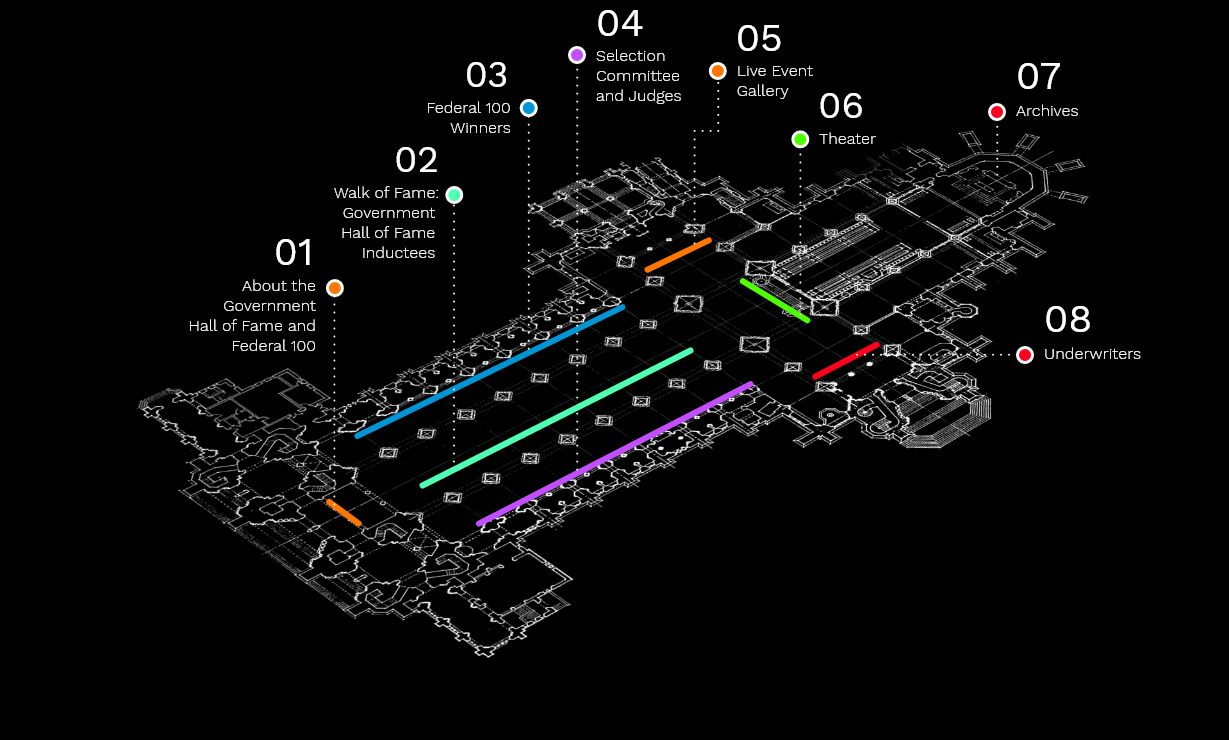
THE GOVERNMENT HALL OF FAME ARCHIVES

AT&T PUBLIC SECTOR IS PROUD TO SUPPORT THE GOVERNMENT HALL OF FAME
2021 INDUCTEES

LONNIE BUNCH
As secretary of the Smithsonian Institution, Bunch oversees 19 museums, 21 libraries, the National Zoo and numerous other research and educational units. He was previously director of the Smithsonian’s National Museum of African American History and Culture, which he took from an idea to a well-respected and highly popular destination. Earlier in his career, Bunch, who has won numerous prizes and honors for his work, also served in multiple positions at the Smithsonian’s National Museum of American History, including associate director for curatorial affairs.
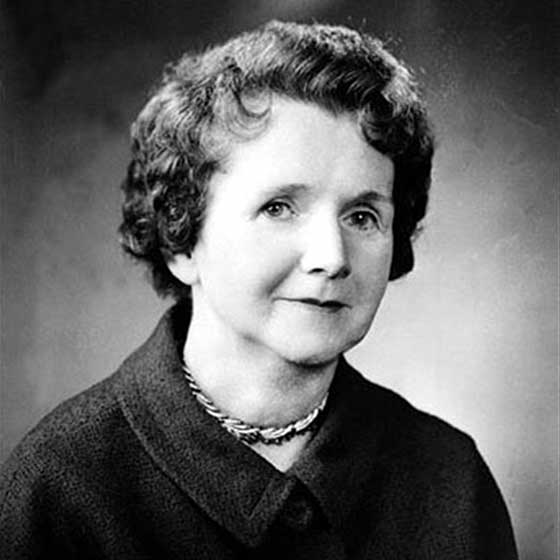
RACHEL CARSON
Carson, whose writing in Silent Spring and other books inspired the modern environmental movement, got her start as a biologist and writer with a part-time position at the U.S. Bureau of Fisheries (later the Fish and Wildlife Service) in 1935. A year later, she was appointed a junior aquatic biologist, one of only two women in professional positions at the agency. She rose through the ranks, eventually shifting to oversee all FWS publications as editor in chief, before leaving the agency in 1952 to focus full time on writing. Her work was a major factor in the creation of the Environmental Protection Agency.
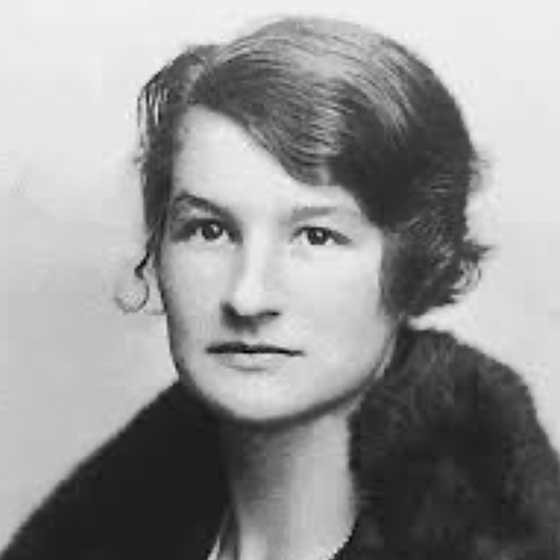
VIRGINIA HALL
Hall was a super-spy during World War II, first with the United Kingdom’s Special Operations Executive and later with the American Office of Strategic Services—despite losing her left leg below the knee in an accident before the war. In 1941, she traveled to occupied France, where she helped lead a daring raid on a German prison in which 12 agents escaped. She returned to France in 1944 as an OSS agent, disguising herself as an elderly woman to cover up the fact that she had a limp due to her wooden leg. Hall then worked to organize resistance forces in France to support the Allied invasion on D-Day. She won the Distinguished Service Cross in 1945, the only one awarded to a civilian woman for service in the war.
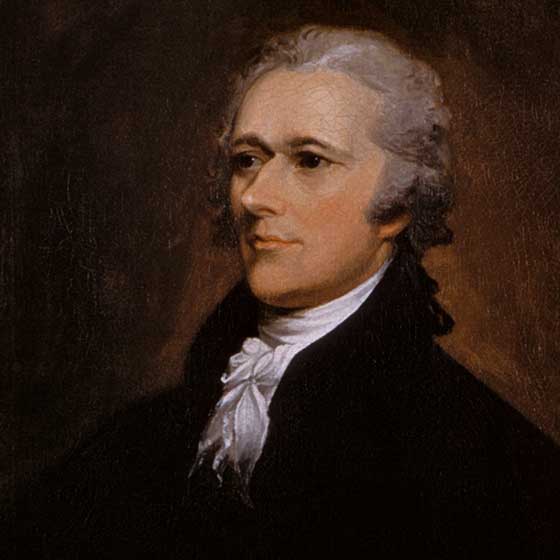
ALEXANDER HAMILTON
In 1776, Hamilton, a native of the British West Indies, was commissioned a captain in the Continental Army. He advanced to serve on George Washington’s staff, where he played a key role in organizing and gaining funding for the army. After the war, Hamilton advocated for a strong central government, writing more than two thirds of the essays in The Federalist defending the Constitution. He put his ideas into action as Washington’s Treasury secretary, helping to ensure the long-term viability of the United States government and laying the foundation for the American administrative state.

JOHN KOSKINEN
In late 2013, Koskinen was confirmed as Commissioner of Internal Revenue, capping a lengthy career in public service. That career included stints as deputy director for management at the Office of Management and Budget, non-executive chairman of Freddie Mac, and deputy mayor of the District of Columbia. Near the turn of the millennium, he headed the President’s Council on Year 2000 Conversion, ensuring that federal systems were upgraded in a timely fashion.
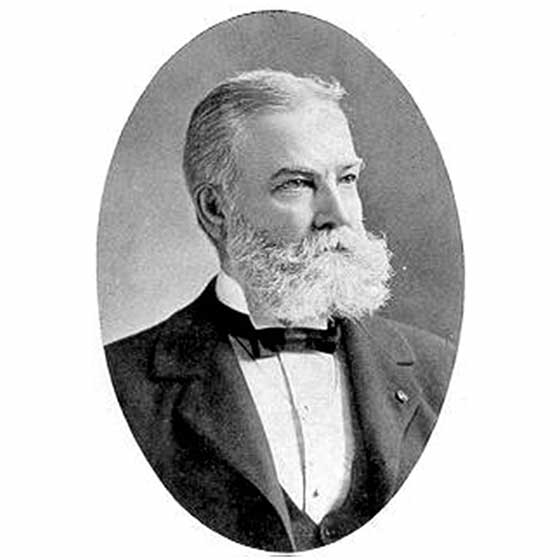
CHARLES LYMAN
During the Civil War, Lyman fought for the Union Army at Antietam, Fredericksburg and Chancellorsville. He then took a job as a clerk in the Treasury Department, rising through the ranks to win appointments as a civil service examiner and then chief examiner. Thus, during the era of the spoils system, Lyman could lay claim to being the first career civil servant. In 1886, he was named to the Civil Service Commission, and three years later became its president.
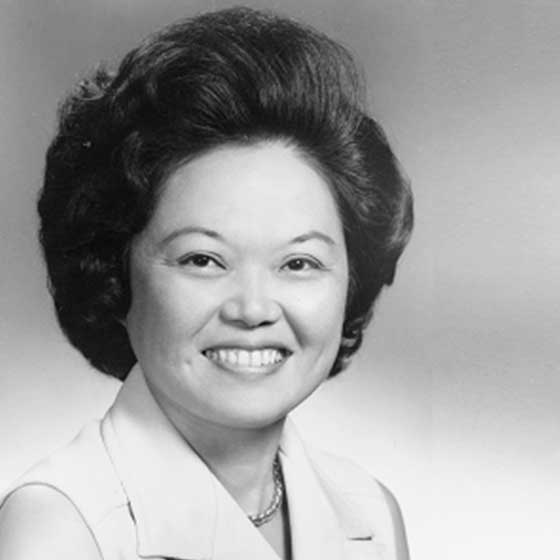
PATSY MINK
In 1964, Mink, after having served in the government of Hawaii, ran for a seat in the U.S. House. When she won her race, she became the first woman of color and first Asian-American woman elected to Congress. She eventually served 12 terms in the House, spearheading such legislation as the Title IX amendment to the Higher Education Act. Mink was assistant secretary of State for oceans and international environmental and scientific affairs from 1977 to 1978.
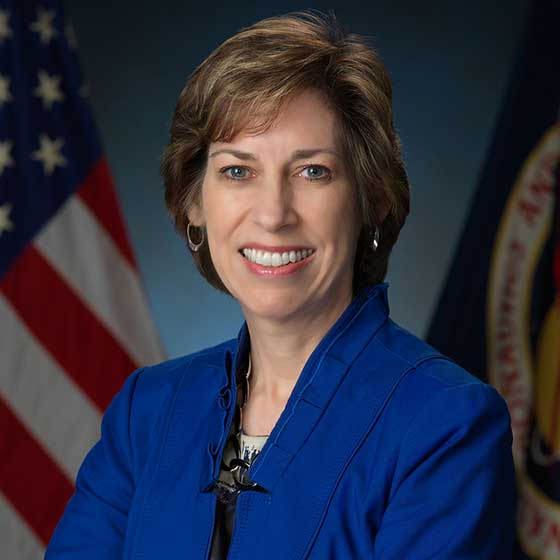
ELLEN OCHOA
Beginning with her work on optical systems for information processing at the NASA Ames Research Center in 1988, Ochoa rose through the ranks to become an astronaut and later the director of the Johnson Space Center in Houston. In 1993, she became the first Hispanic woman to go to space, aboard the shuttle Discovery. She went on three more shuttle missions, spending a total of nearly 1,000 hours in space. She has received NASA’s highest honor, the Distinguished Service Medal.
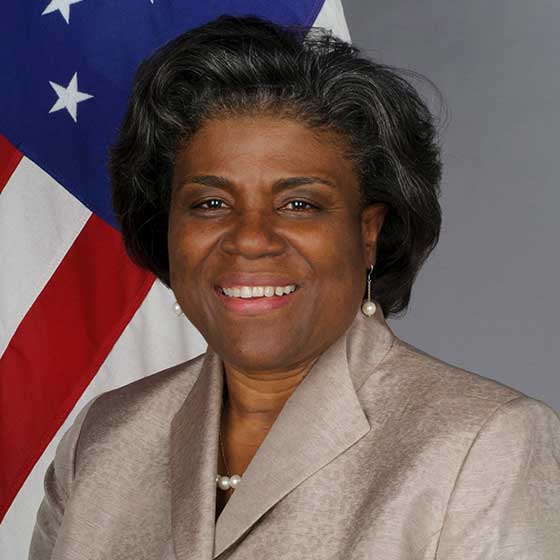
LINDA THOMAS-GREENFIELD
A career Foreign Service officer, Thomas-Greenfield serves as U.S. ambassador to the United Nations. She joined the Foreign Service in 1982. From 2013 to 2017, she was assistant secretary of State for the Bureau of African Affairs. Prior to that, Thomas-Greenfield was director general of the Foreign Service, managing personnel operations for the State Department’s 70,000 employees. She served as ambassador to Liberia from 2008 to 2012, and her other overseas postings include stints in Switzerland, Pakistan, Kenya, The Gambia, Nigeria and Jamaica.
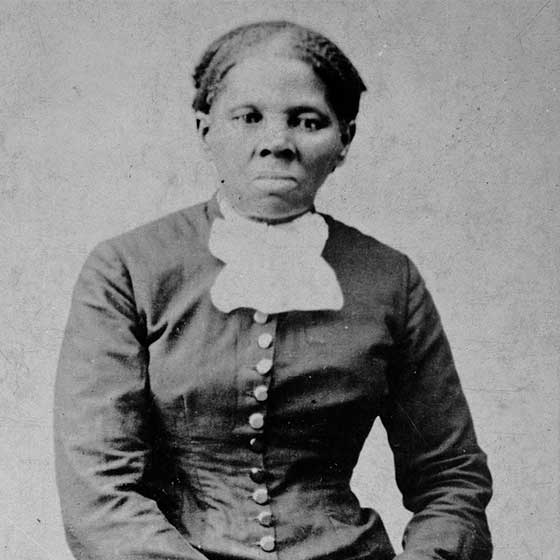
HARRIET TUBMAN
Tubman’s service to the Union Army during the Civil War included cooking, washing clothes and working as a nurse. In 1863, she became the first woman to organize and lead a U.S. military operation, working closely with military officers to lead a unit of 150 Black soldiers in a daring raid up the Combahee River in South Carolina. The operation was phenomenally successful: About 750 people were freed, roughly 10 times the number that Tubman escorted to freedom on the Underground Railroad. Tubman spent the next three decades fighting to receive a federal pension for her work.
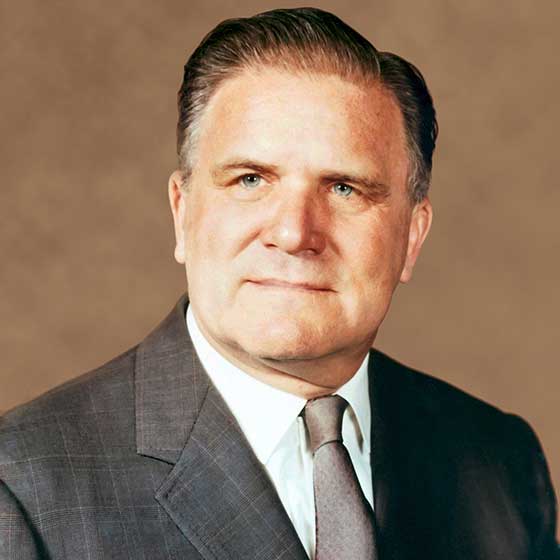
JAMES WEBB
Webb served as administrator of NASA from 1961 to 1968, leading the agency through the Mercury and Gemini programs during a critical period for the space program in the race to land on the moon. Before that, he served as a Marine in World War II, as head of the Bureau of the Budget and as undersecretary of State, where he led a major reorganization of the department that expanded its influence. In 2002, the Next Generation Space Telescope was renamed in his honor.
2020 INDUCTEES
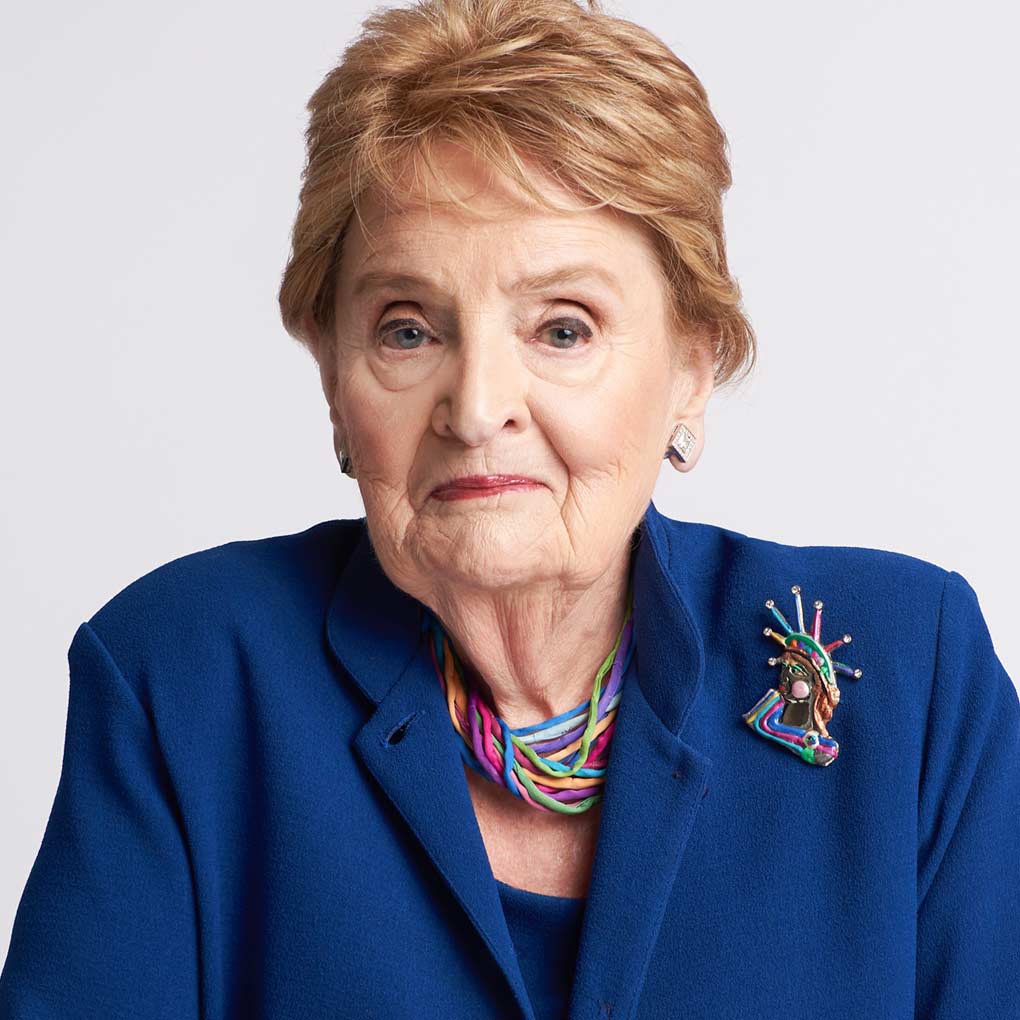
MADELEINE ALLBRIGHT
After serving on the staff of Sen. Edmund Muskie, D-Maine, Albright took a position on the National Security Council, where she served until 1981. In 1993, President Clinton appointed her ambassador to the United Nations. In 1997, Albright became the first female Secretary of State, a position she held until the end of the Clinton administration. In 2012 she was awarded the Presidential Medal Freedom.
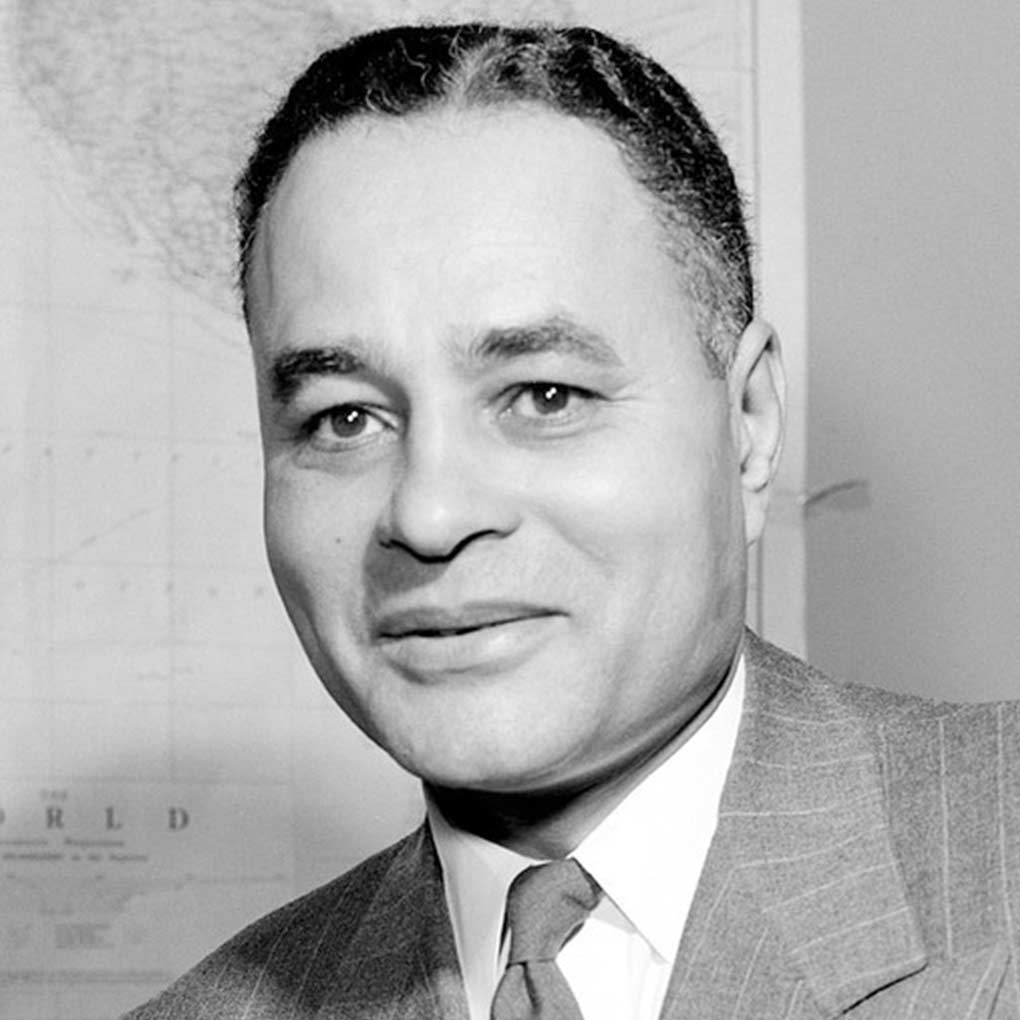
RALPH BUNCHE
Bunche was a diplomat and civil rights leader who brokered the 1948 armistice between Arabs and Jews in Palestine. He was the first nonwhite person to win the Nobel Peace Prize. During World War II he served in the Office of Strategic Services, War Department and State Department, where he focused on colonies in Africa and the Caribbean. Bunche also helped plan the creation of the United Nations.
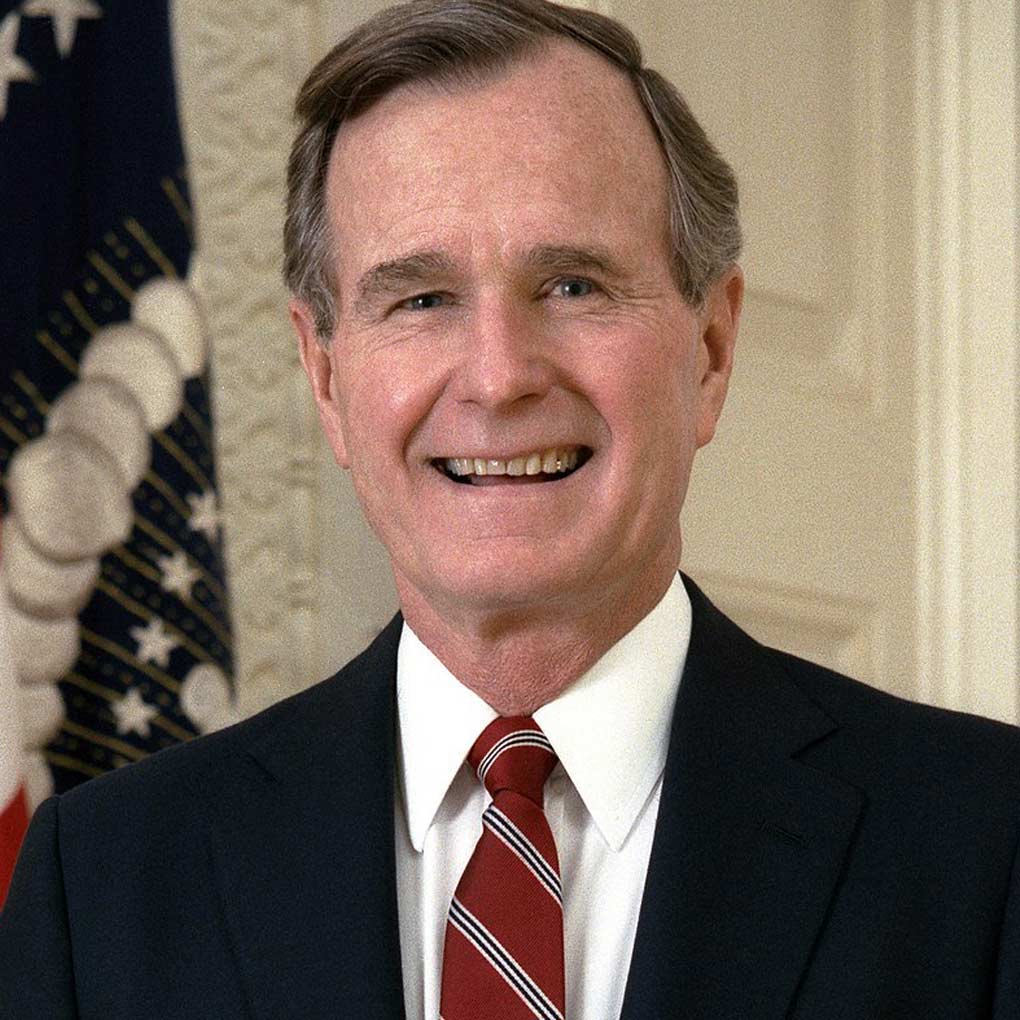
GEORGE H. W. BUSH
President Bush’s storied career in public service began when he served as a naval aviator in World War II. He was elected to Congress in 1966 and appointed ambassador to the United Nations in 1971. President Ford appointed Bush to head the Central Intelligence Agency in 1976. After serving as vice president under Ronald Reagan, Bush was elected president in 1988. His term in office included serving as commander in chief during the Gulf War and pushing passage of the Americans With Disabilities Act.
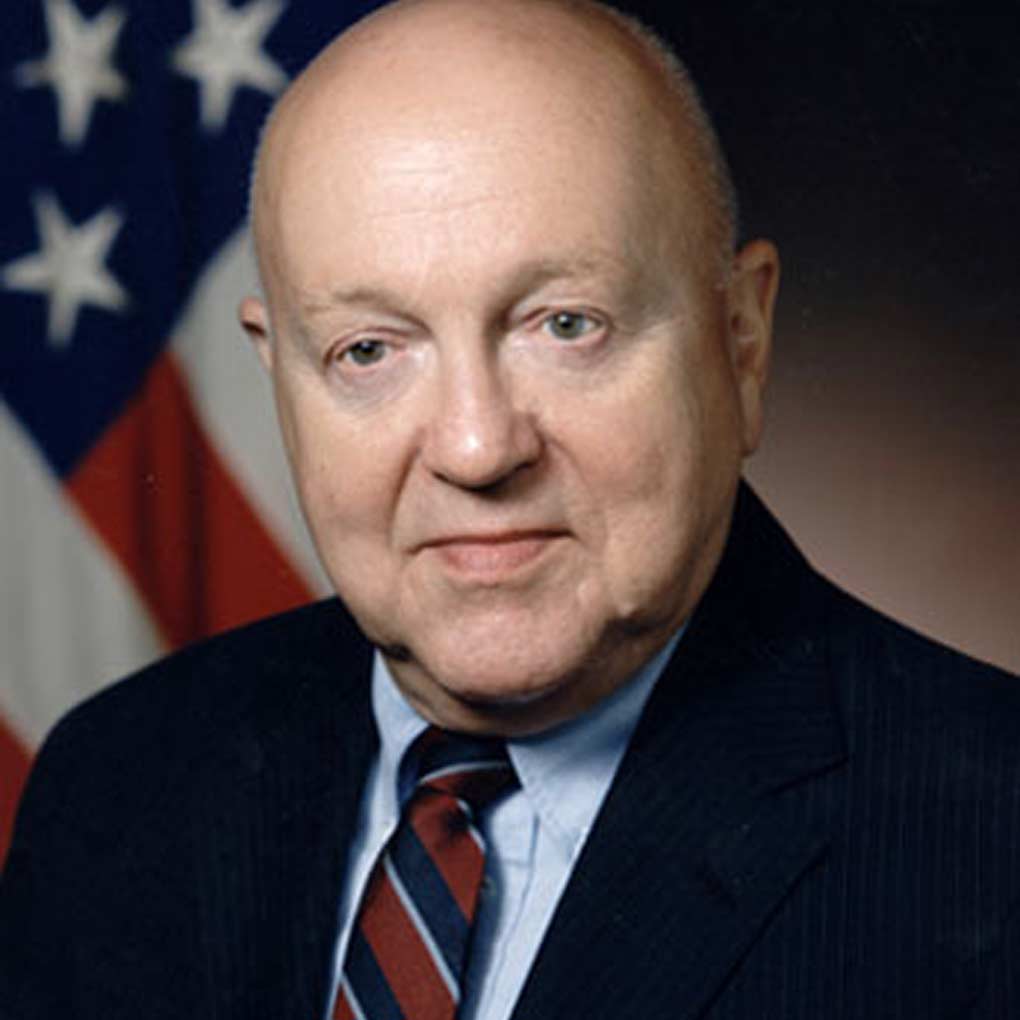
DAVID O. "DOC" COOKE
Known as the "Mayor of the Pentagon," Cooke served 12 Defense secretaries over 44 years as a civilian administrator, from 1958 until his death in a car accident in 2002. He was the department's highest-ranking career civil servant as Director of Administration and Management and head of Washington Headquarters Services.
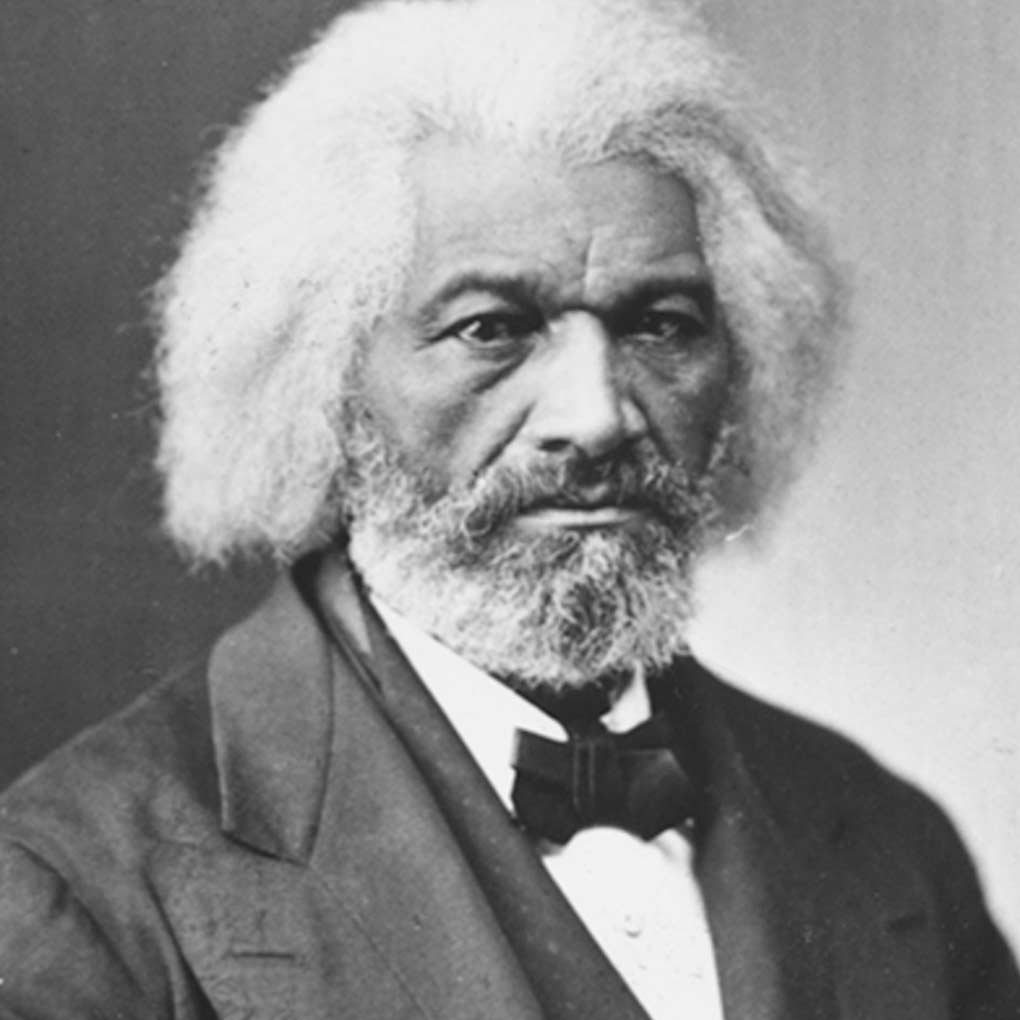
FREDERICK DOUGLASS
Born into slavery in 1818, Douglass fled north and became one of the most famous abolitionists and a renowned Black leader. That included not only playing an active role in national politics, but also holding important and trailblazing positions in the federal government. In 1877, he was appointed U.S. marshal for the District of Columbia, becoming the first Black American to hold a Senate-confirmed position. In 1889, Douglass was appointed minister to Haiti, a post he held until 1891.

TAMMY DUCKWORTH
After joining the Army Reserve Officer Training Corps in college, Duckworth became a commissioned officer in the Army Reserve in 1992. She later transferred to the Army National Guard and was deployed to the Iraq War in 2004, losing part of both her legs in an attack on the helicopter she was flying. She went on to serve as director of the Illinois Department of Veterans Affairs, assistant secretary of the U.S. Veterans Affairs Department, and an elected member of the House of Representatives and senator from Illinois.
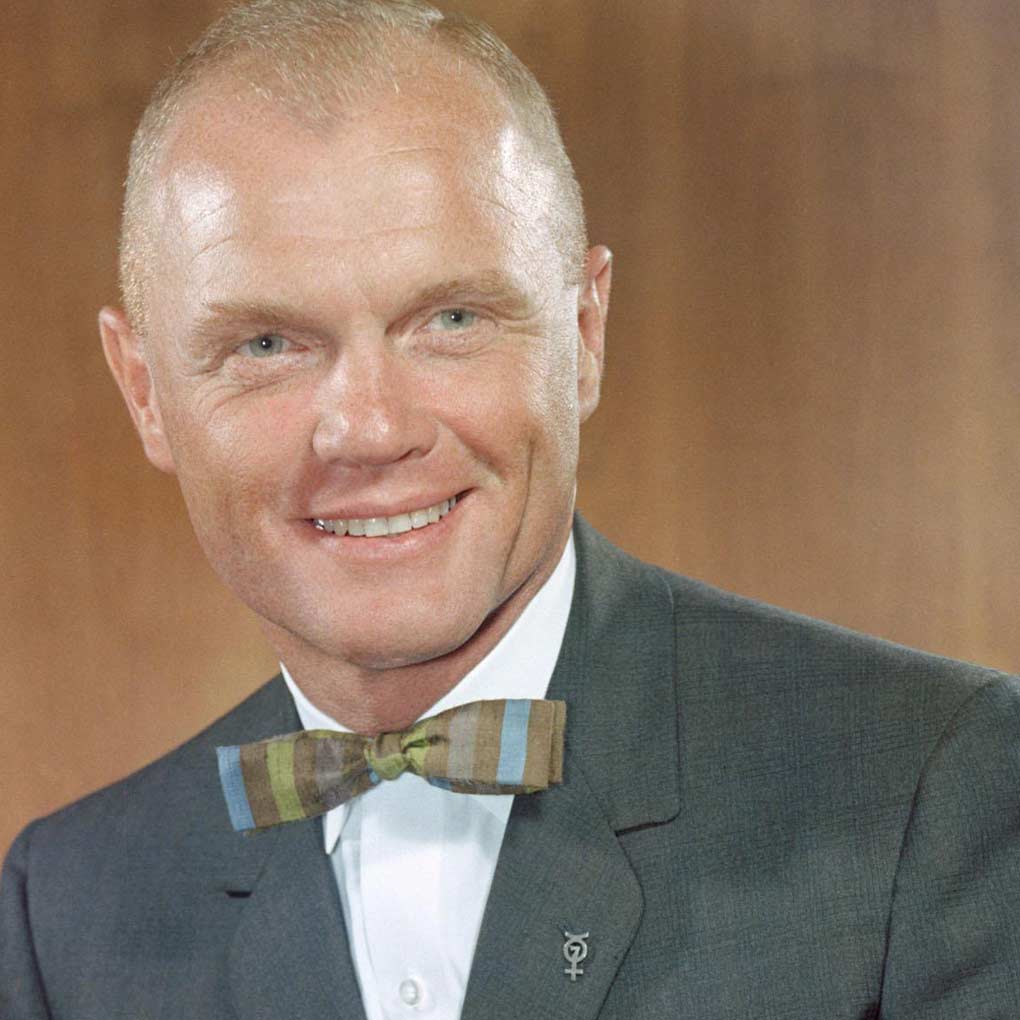
JOHN GLENN
A distinguished fighter pilot in World War II and the Korean War, Glenn joined NASA and in 1962 became the first American to orbit the earth. He was elected to the Senate in 1974 and chaired the Governmental Affairs Committee from 1987 to 1995. Glenn was responsible for several pieces of landmark legislation regarding the operations and management of federal agencies, including laws creating inspectors general and chief financial officers.
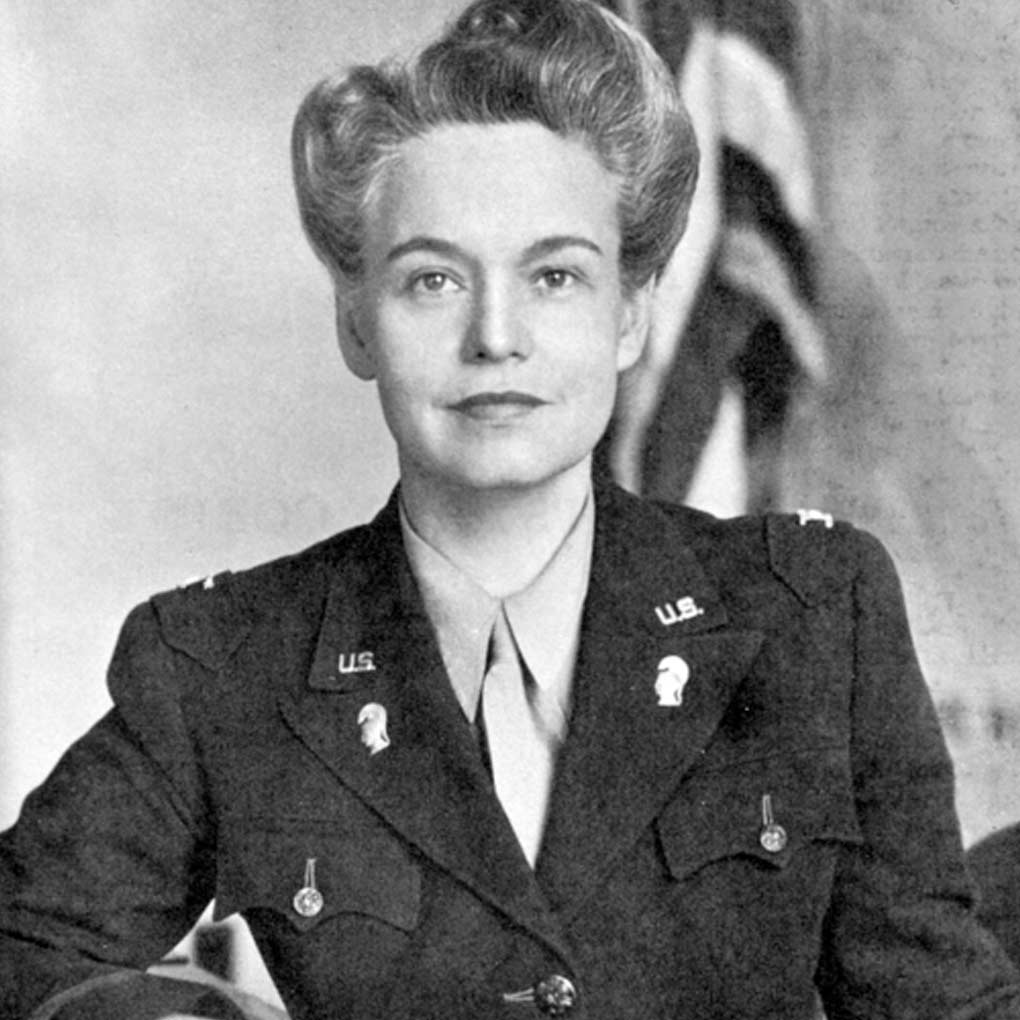
OVETA CULP HOBBY
During World War II, Hobby joined the War Department’s Bureau of Public Relations, and then became director of the Women’s Army Auxiliary Corps (later the Women’s Army Corps). She was commissioned a colonel in 1943, and became the first woman in the Army to receive the Distinguished Service Medal. After the war, President Eisenhower appointed Hobby to head the Federal Security Agency, and then as the first secretary of the newly created Department of Health, Education and Welfare.
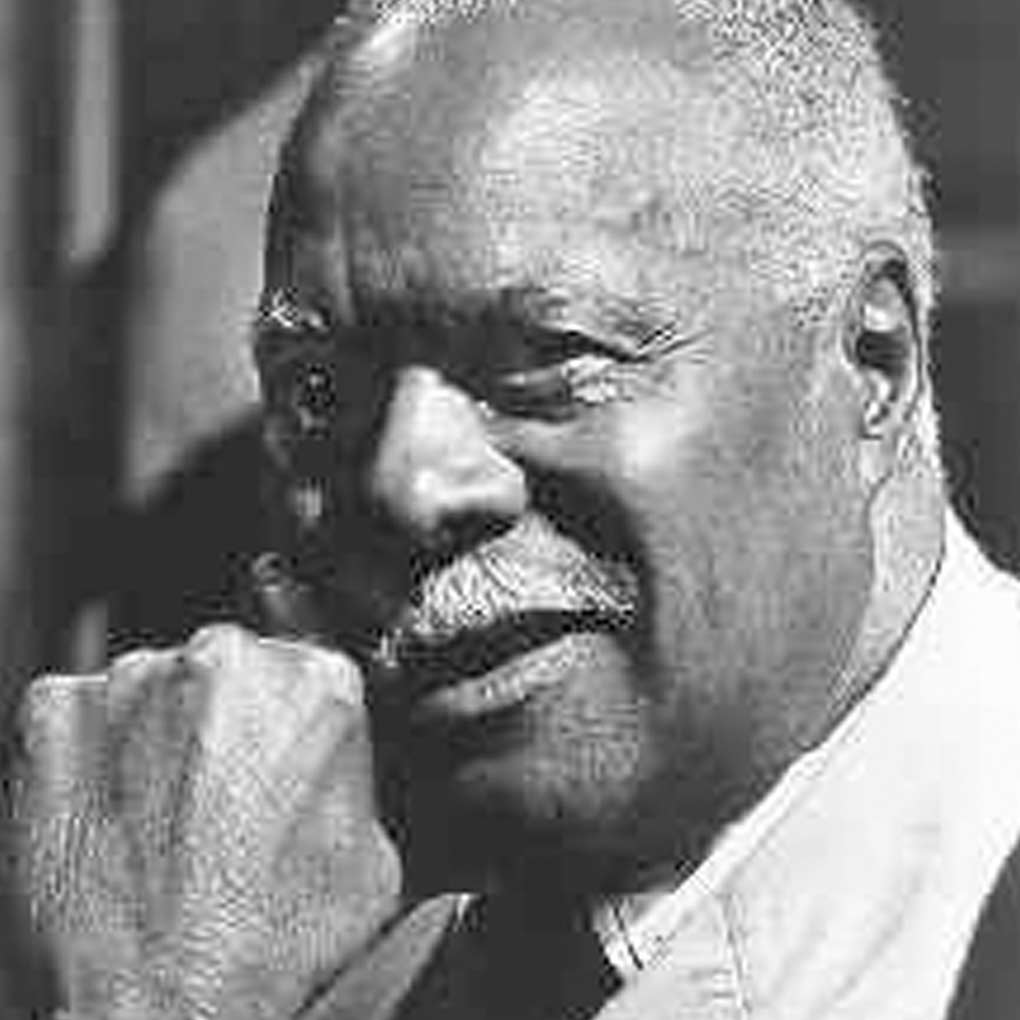
HOWARD JENKINS, JR.
Jenkins was the first Black American to be a member of the National Labor Relations Board, where he served for 20 years under six presidents. Before NLRB, he worked in the Office of the Solicitor at the Department of Labor, where he helped draft the landmark 1959 Labor-Management Reporting and Disclosure Act. Following the passage of the law, he went on to serve as assistant commissioner of the Bureau of Labor-Management Reports, where he was the highest-ranking Black lawyer in the federal government.
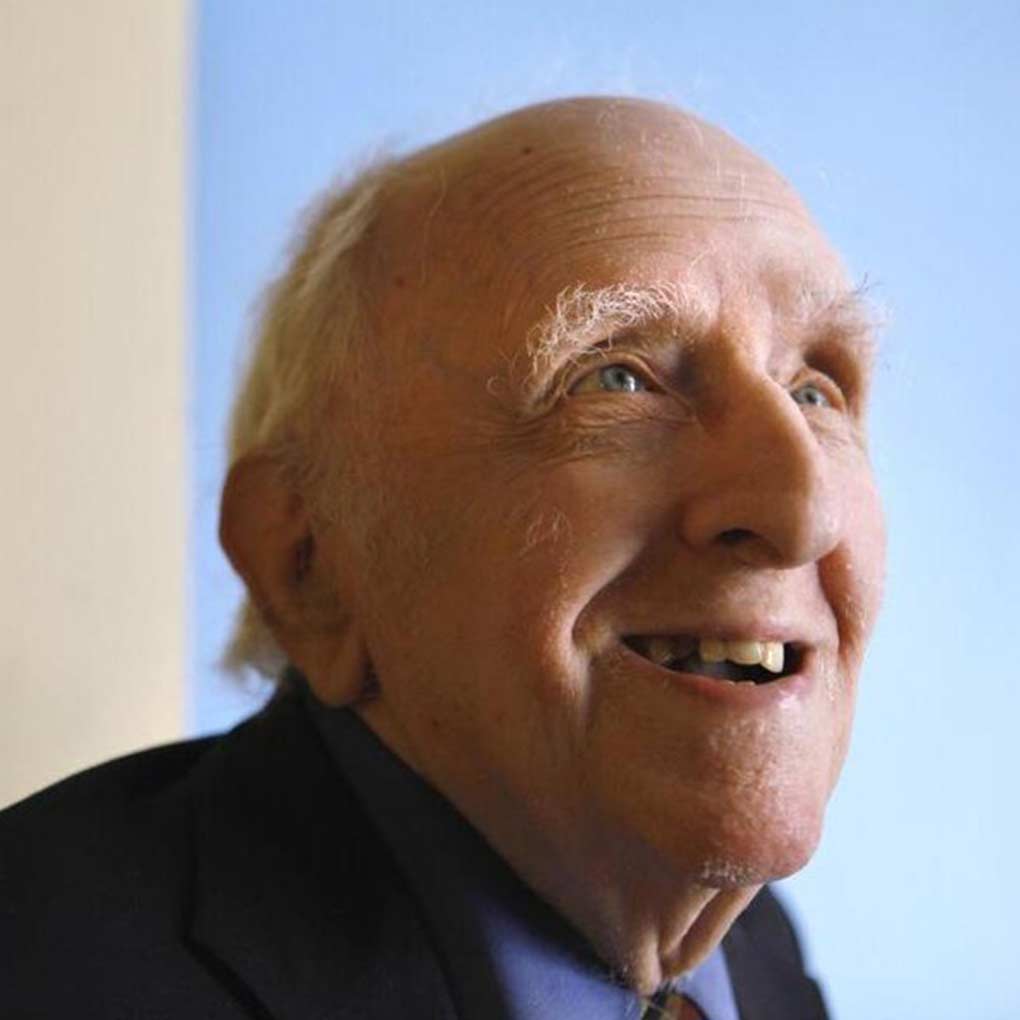
FRANK KAMENY
A towering figure in the gay rights movement, Kameny served in the U.S. Army during World War II and after earning his doctorate in astronomy from Harvard, took a job with the Army Map Service in Washington. After refusing to answer questions about his sexual orientation, Kameny was fired in 1958 and barred from working for the government in the future. He appealed his firing all the way to the Supreme Court, which refused to hear his case. Kameny went on to become a gay rights advocate and is credited with being instrumental in the federal government’s eventual reversal of its ban on employing homosexuals.
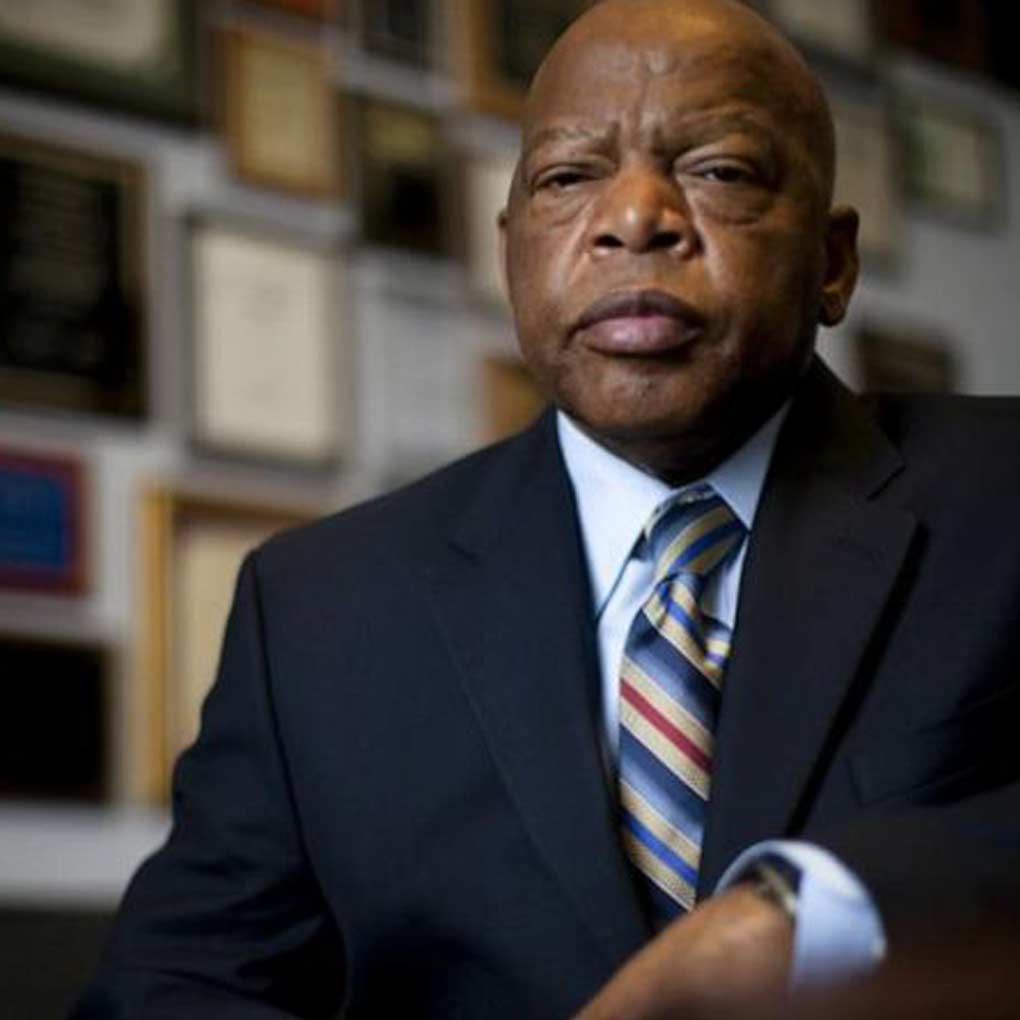
JOHN LEWIS
From the moment he joined the Freedom Riders in 1961, suffering savage beatings at the hands of white segregationists, Lewis became a figure of historic importance in the civil rights movement. As head of the Student Nonviolent Coordinating Committee, He helped organize the March on Washington in 1963. In 1977, after an unsuccessful run for Congress, Lewis was appointed by President Carter to lead domestic volunteer programs at ACTION, the federal agency responsible for Volunteers in Service to America and other efforts. In 1986, he won election to the House of Representatives, and was reelected 16 times. He was awarded the Presidential Medal of Freedom in 2011.
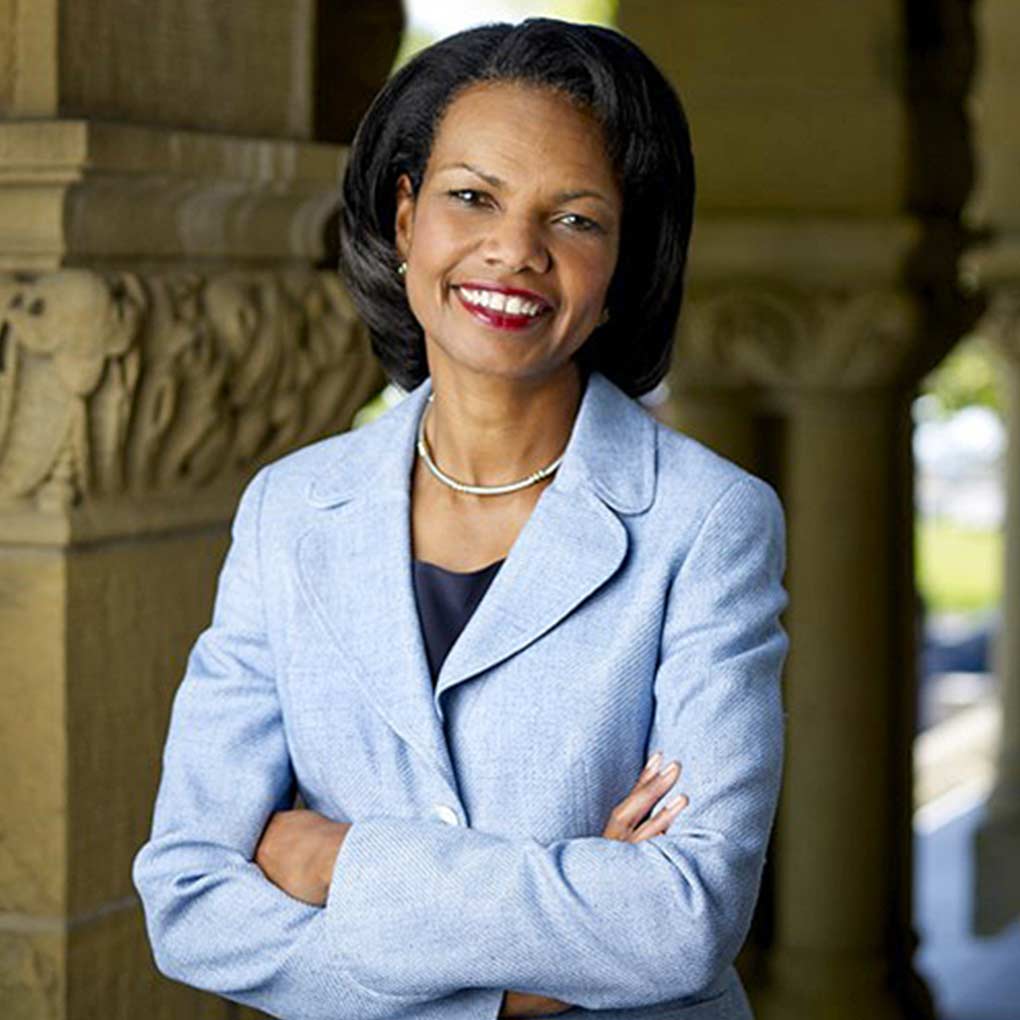
CONDOLEEZZA RICE
After beginning her career in academia at Stanford University, Rice served on the National Security Council as senior director of Soviet and East European Affairs under President George H.W. Bush. In 1997, she was a member of the Federal Advisory Committee on Gender-Integrated Training in the Military. From 2005 to 2009, during the George W. Bush administration, she served as Secretary of State, the first Black woman to hold the post.
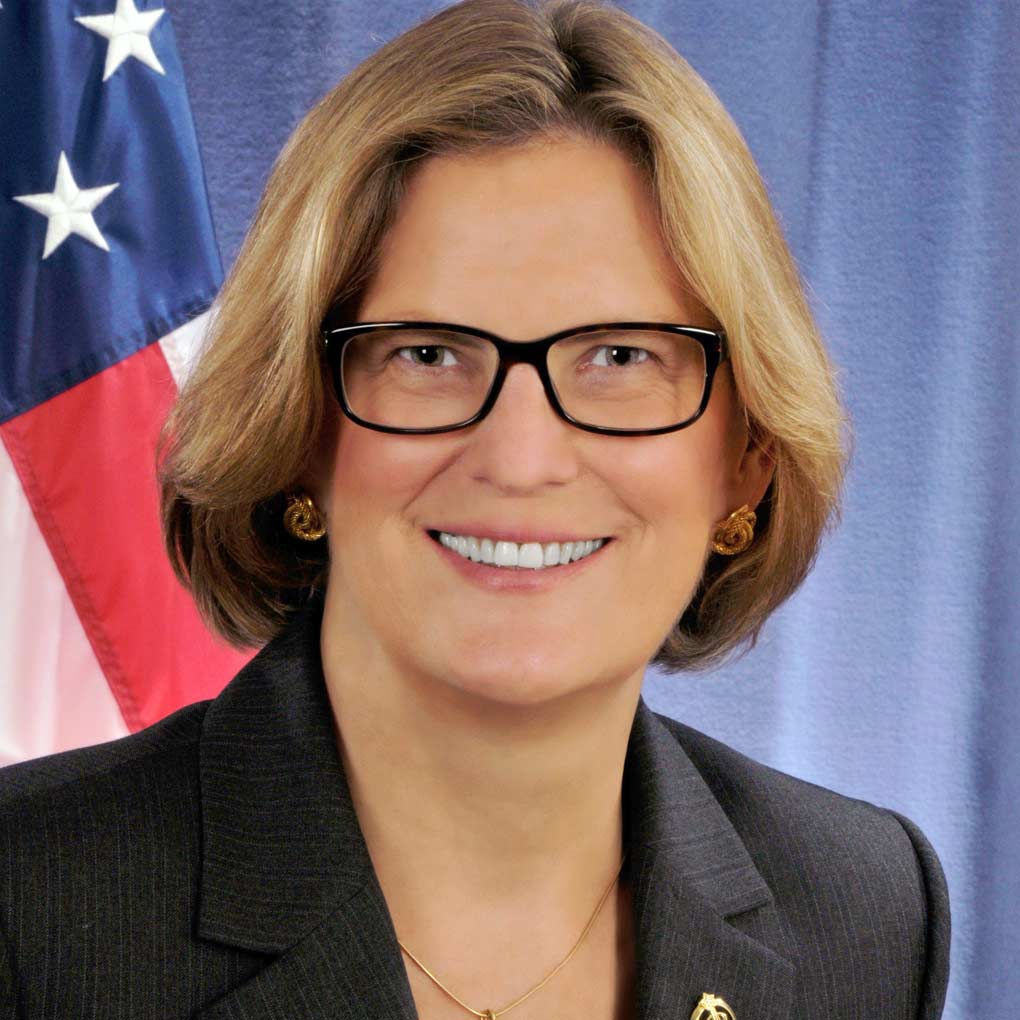
KATHRYN D. SULLIVAN
A crew member on three different space shuttle missions, Sullivan became the first American woman to walk in space in 1984. She also served in the naval reserve as an oceanography officer. After her NASA career, Sullivan went on to serve as undersecretary of Commerce for oceans and atmosphere and administrator of the National Oceanic and Atmospheric Administration from 2014 to 2017. Then she was named the Charles A. Lindbergh Chair of Aerospace History at the National Air and Space Museum.
2019 INAUGURAL INDUCTEES
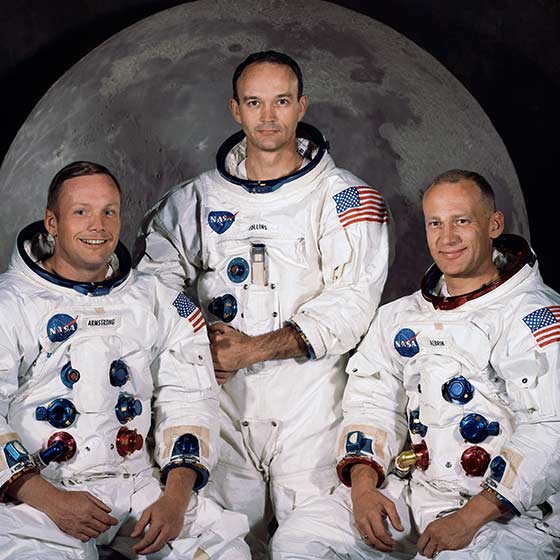
APOLLO 11 ASTRONAUTS: EDWIN "BUZZ" ALDRIN, NEIL ARMSTRONG AND MICHAEL COLLINS
The heroes of the first landing on the moon 50 years ago also had long careers in the military before their mission and demonstrated a deep commitment to public service afterward. After leaving NASA, Aldrin led the Air Force’s test pilot school. Armstrong served on NASA commissions investigating the Apollo 13 mission and the space shuttle Challenger tragedy. Collins served as an assistant secretary of State and as director of the National Air and Space Museum.
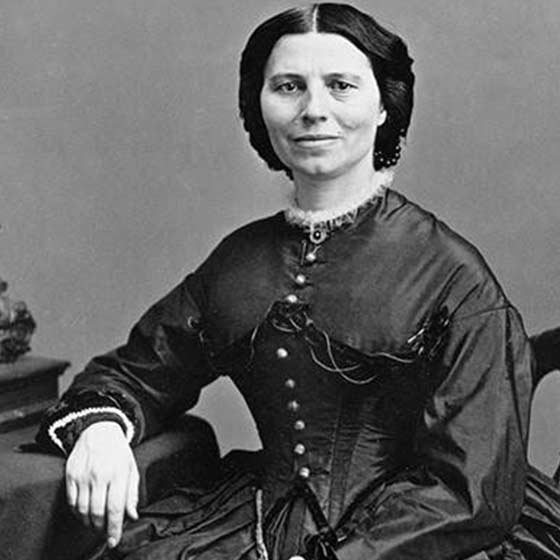
CLARA BARTON
Barton was the first woman to work in a substantial clerkship in the federal government at the same salary as men when she took a job at the U.S. Patent Office in 1855. Because of opposition to women serving in government, she was demoted to a copyist position. Barton served as a volunteer nurse during the Civil War, and became known as the “Angel of the Battlefield.” After the war, she ran the federal Office of Missing Soldiers, and later went on to lead the American Red Cross.

HUBERT T. BELL
His 54 years of distinguished federal service included 29 years in the U.S. Secret Service followed by 22 years as the inspector general of the Nuclear Regulatory Commission. Bell broke barriers by being selected to protect then-Vice President Bush as the first black Secret Service agent to head a vice presidential protective detail. In 1996 he was nominated by President Clinton to be the IG of the NRC. He retired in 2018. Bell was a trailblazer in federal law enforcement and spearheaded the advancement of minorities and women.
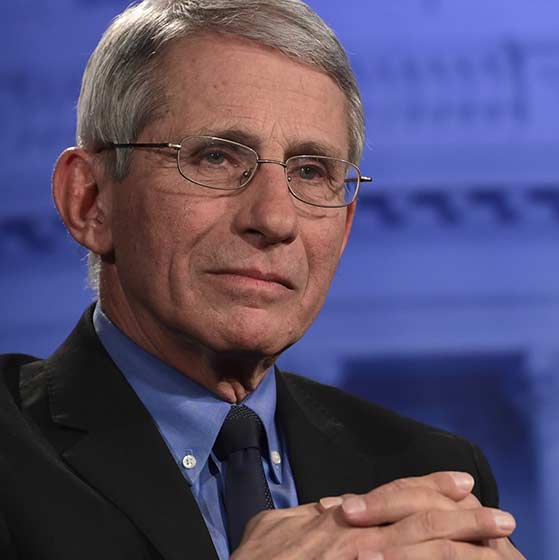
ANTHONY FAUCI
Fauci is an immunologist who helped pioneer treatment and vaccine for AIDS. Since 1984, he has headed the National Institute of Allergy and Infectious Diseases, where he administers key research into sexually transmitted infections, influenza, tuberculosis, malaria and illnesses from potential agents of bioterrorism. He has advised five presidents on global HIV/AIDS issues.

ROBERT GATES
Gates served as secretary of Defense from December 2006 to July 2011, under Presidents Bush and Obama. He joined the CIA in 1966 and spent nearly 27 years as an intelligence professional, including nearly nine years at the National Security Council. He was director of Central Intelligence from 1991 until 1993, and is the only career officer in CIA's history to rise from entry-level employee to director.

GRACE HOPPER
Commissioned as a Navy officer during World War II, Hopper led a team that produced the Mark I, an early prototype of the electronic computer. Hopper later co-developed the COBOL programming language. She went on to serve as director of the Navy’s Programming Languages Group. She was promoted to captain in 1973, to commodore in 1983, and to rear admiral in 1985.
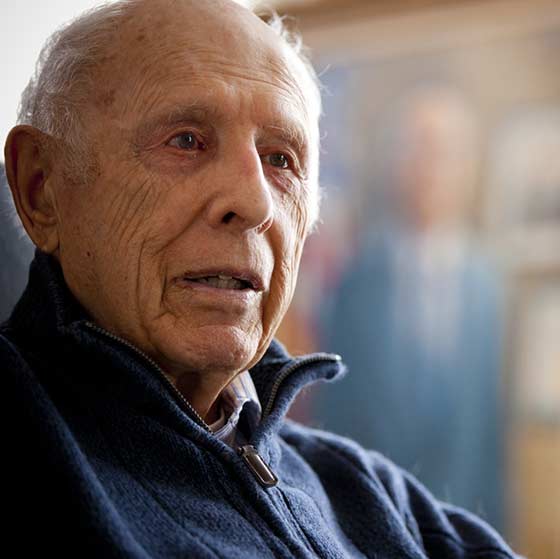
DWIGHT INK
Known as "Mr. Implementation" Ink held positions in every presidential administration from Eisenhower to Reagan. He helped establish the Environmental Protection Agency and the Housing and Urban Development Department, and was instrumental in launching the war on poverty in the 1960s. Ink served as acting director of the General Services Administration under President Ford and helped implement civil service reform during the Carter administration.
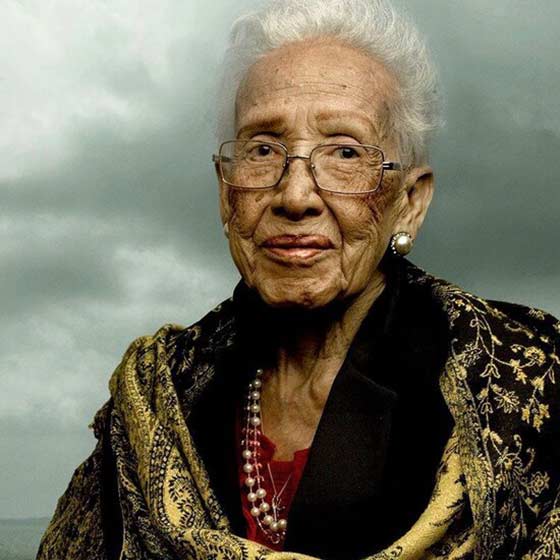
KATHERINE JOHNSON
Johnson started her federal career of more than 30 years at the all-black West Area Computing section at the National Advisory Committee for Aeronautics’ Langley laboratory. When NACA became NASA in 1958, she joined the agency, providing computational support for the emerging space program. Her work on John Glenn’s flight as the first American to orbit the earth was featured in the 2016 feature film Hidden Figures. Glenn refused to fly until Johnson had verified a computer’s work. She later worked on calculations to sync spacecraft in the Apollo program.
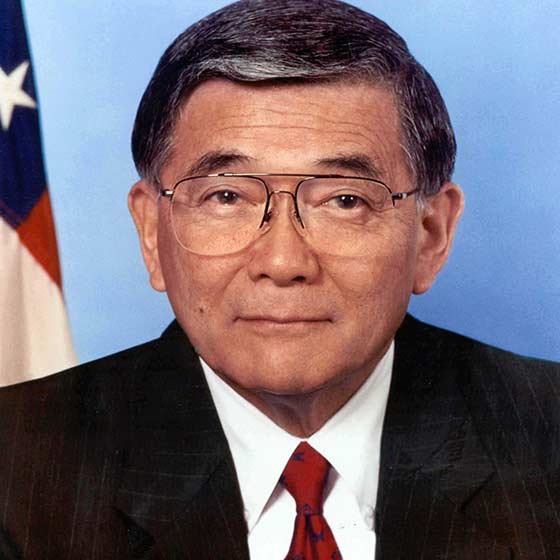
NORMAN MINETA
After spending part of his childhood in a Japanese internment camp, Mineta was eventually elected to the U.S. House, where he served from 1974 to 1995. He later served as secretary of Commerce in the Clinton administration and as Transportation Secretary under President George H.W. Bush, where he was the longest-serving secretary in the department’s history.

CONSTANCE BERRY NEWMAN
Having begun her federal career as a secretary at the Interior Department in 1962, Newman worked her way up to earn seven presidential appointments. She was appointed by President Nixon as director of VISTA and later as a commissioner of the Consumer Product Safety Commission. She was later an assistant secretary of Housing and Urban Development and director of the Office of Personnel Management under President George H. W. Bush. She became assistant secretary of State for African affairs in 2004.
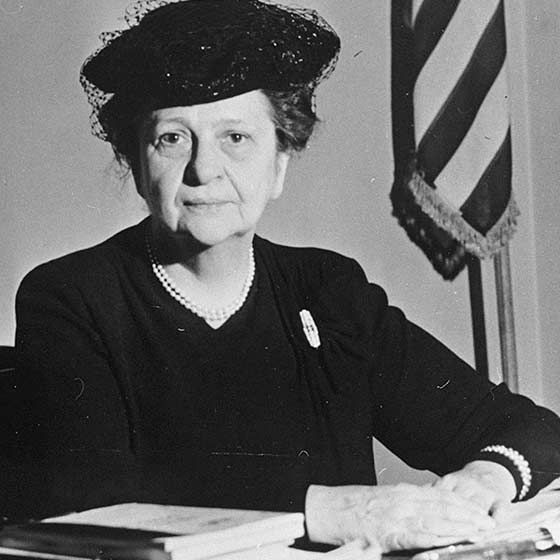
FRANCES PERKINS
The first woman appointed to a Cabinet position, Perkins served as Labor Secretary from 1933 to 1945, the longest tenure of anyone in the position. She oversaw theimplementation of key aspects of the New Deal, including the Civilian Conservation Corps and the Works Progress Administration. She also executed several landmark pieces of legislation, including the Social Security Act and the Fair Labor Standards Act. Following her Cabinet career, Perkins served on the Civil Service Commission.
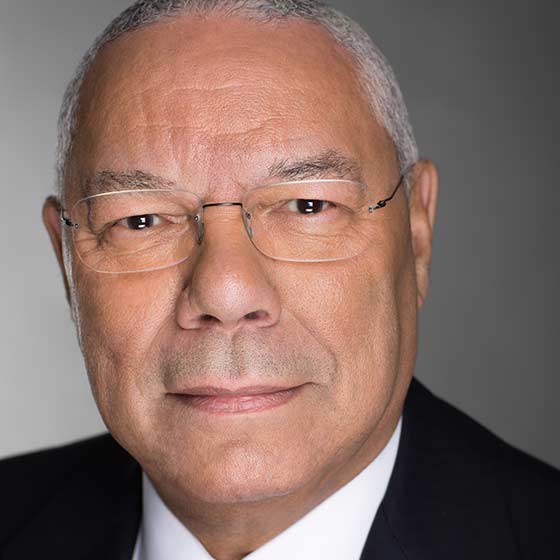
COLIN POWELL
During his 35 years in the Army, Powell served two tours in Vietnam and was President Reagan's deputy national security adviser in 1987, and national security adviser in 1988-89. In 1989 he was promoted to the rank of general, and was appointed by President George H.W. Bush to be chairman of the Joint Chiefs of Staff. In the four years Powell served in that capacity, he oversaw 28 crises, including Operation Desert Storm in 1991. He later served as secretary of State under President George W. Bush from 2001 to 2005.
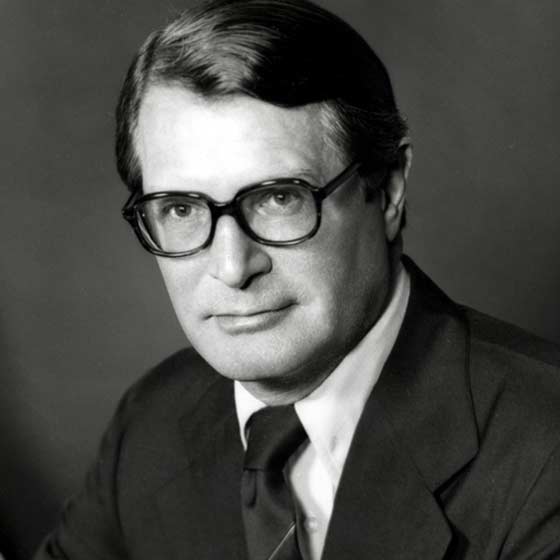
ELLIOT RICHARDSON
Richardson Served as head of four different Cabinet departments and passed one of the greatest ethics tests in the history of government when he resigned as attorney general rather than fire Watergate prosecutor Archibald Cox. He was awarded the Bronze Star for his service as a combat medic during World War II, then clerked for two Supreme Court justices. After his resignation during Watergate, Richardson served in the Ford administration as secretary of Commerce. He was awarded the Presidential Medal of Freedom in 1998.
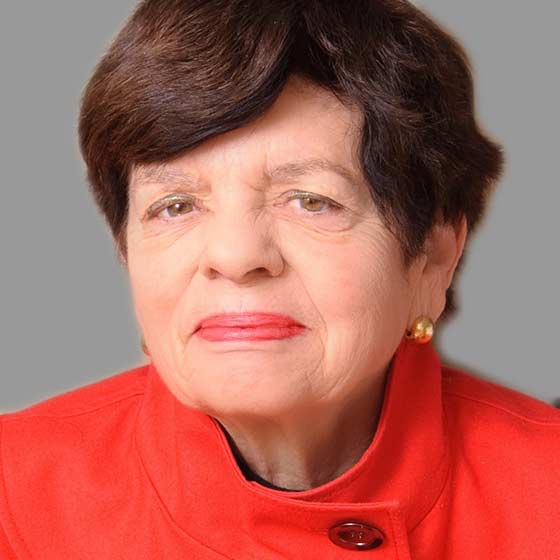
ALICE RIVLIN
A fiscal and monetary policy expert, Rivlin was founding director of the Congressional Budget Office. She also served as director of the Office of Management and Budget under President Clinton and later vice chairwoman of the Federal Reserve. During the District of Columbia's financial crisis in late 1990s, she chaired the Financial Responsibility and Management Assistance Authority.
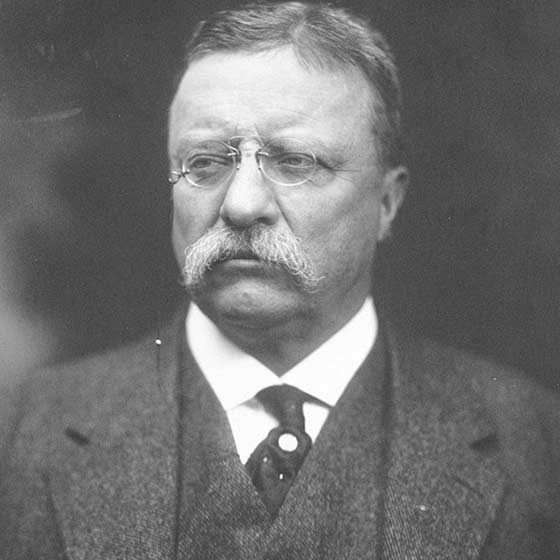
THEODORE ROOSEVELT
In the years before he became president, Roosevelt spearheaded the introduction of the enjamin Harrison and later became its commissioner. He was named an assistant Navy secretary before his famous exploits as a Rough Rider in Cuba during the Spanish-American War. In 1900, Roosevelt won election as vice president to President McKinley, whom he succeeded following McKinley's assassination in 1901.
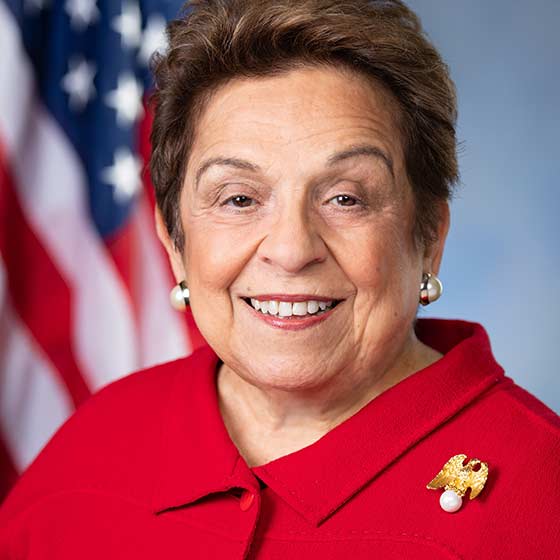
DONNA SHALALA
After a lengthy career in academia, Shalala served as secretary of Health and Human Services for the full eight years of the Clinton administration. At the end of her tenure, the Washington Post described her as “one of the most successful government managers of modern times.” In 2007, President George W. Bush appointed Shalala co-chair of the President's Commission on Care for America's Returning Wounded Warriors. In 2008, she was awarded the Presidential Medal of Freedom. Shalala was elected to the House of Representatives from Florida in 2018.

SUSAN SOLOMON
In nearly three decades as a scientist at the National Oceanic and Atmospheric Administration, Solomon led research efforts on the causes of the Antarctic ozone hole, identified the chemicals contributing to the problem, and made significant advances in the understanding of climate change. She is a 2010 winner of the Career Achievement Medal in the Service to America Medals program.

PAUL VOLCKER
Volcker served in the federal government for almost 30 years, including two terms as chairman of the Board of Governors of the Federal Reserve System from 1979 to 1987. Afterward, he dedicated himself to improving and modernizing the civil service, serving as chairman of the National Commission on the Public Service and later creating the Volcker Alliance, whose mission is to advance effective management of government to achieve results.
Visit the Walk of Fame to view this year's inductees
Walk of Fame

